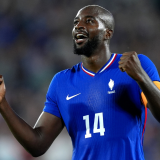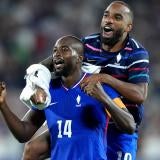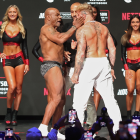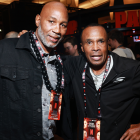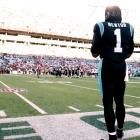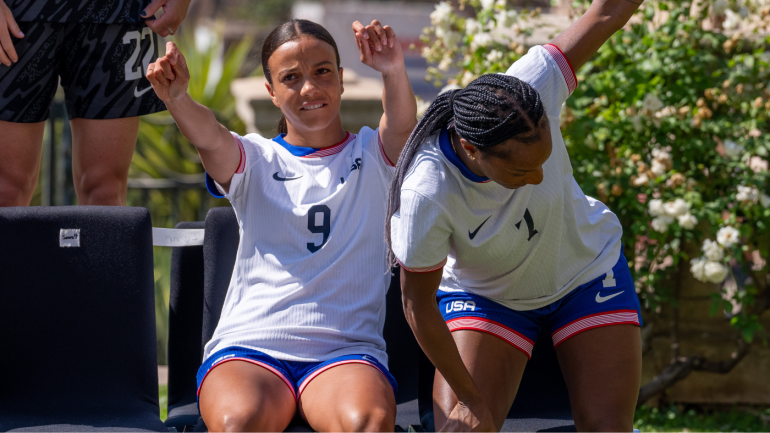
One of the first things that you notice when watching soccer at the Olympic Games is that the jerseys worn by most of the teams are different to the ones that you might be used to seeing at other international soccer tournaments.
For example, host nation France's look in Paris this summer will be different to the one seen at UEFA Euro 2024 in Germany with even a different redesigned Gallic rooster crest.
The same can be said of the USMNT and USWNT which will see an altered version of their 2024 jerseys when in action on the French fields this summer.
Many signature logos representing federations from the world game will be replaced by a generic temporary badge -- normally based on the competing nation's flag.
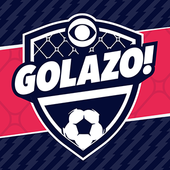
Golazo Starting XI Newsletter
Get your Soccer Fix from Around the Globe
Your ultimate guide to the Beautiful Game as our experts take you beyond the pitch and around the globe with news that matters.
Thanks for signing up!
Keep an eye on your inbox.
Sorry!
There was an error processing your subscription.
Some nations also have their names printed across their jerseys -- similar to the U.S. basketball team -- with a USA letter mark across the jerseys in previous editions and also present again here.
According to the International Olympic Committee (IOC), badges, crests and logos from certain soccer federations are not generic enough and are in conflict with Olympic guidelines.
The reason for certain crest changes that you are about to see is explained by the IOC's Team Apparel Guidelines:
"NOCs are encouraged to use their national colors, name, flag and emblems, as well as NOC Emblems (together, National Identifications), in order to visually enhance the national identity of their Apparel," it reads. "NOCs may choose the National Identification(s) which will be used by their delegations on Clothing.
"No maximum frequency or sizes are applied to National Identifications, unless limitations are imposed within a specific sport's technical regulations. No item of Apparel may feature the wording or lyrics from national anthems, motivational words, public/ political messaging or slogans related to national identity."
The IOC can fine teams using federation crests that do not adhere to their code of conduct laid out ahead of the tournament.
In the eyes of the IOC, even if the rules are slightly more relaxed than in the past, federation logos promote a commercial image over the competing nation itself.


